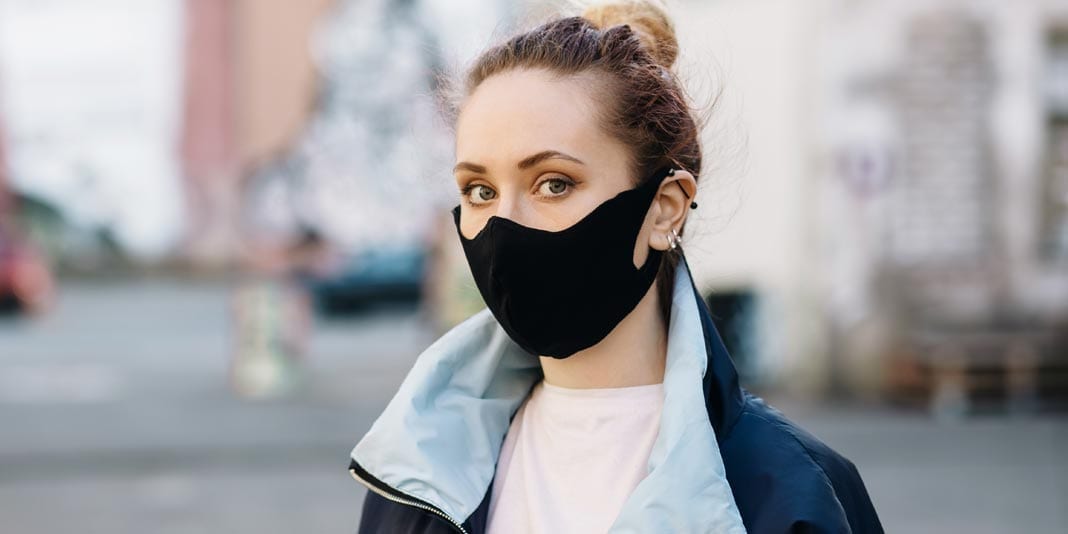In the last few months, wearing a mask has become the new norm. The Centers for Disease Control and Prevention (CDC) recommends we all wear them to prevent the spread of COVID-19. Fabric masks have become more common and accessible, while disposable masks remain hard to find. As these become part of our daily attire, we need to ensure they are being cleaned properly.
Disposable masks like N95 and KN95 masks are only meant to be worn an average of a handful of times. The fibers used to make them do not hold up against water and cleaning products. The same goes for disposable surgical masks. You can isolate them in a paper bag for a week. Using something like a paper bag is essential because it allows for more air than a plastic bag, promoting other issues like bacteria growth. Fabric masks were created for wear until they are damaged or stretched.
It is recommended to clean your mask after every use. This means you will want to have multiple masks on hand. Cloth masks can be hand washed or thrown in the washing machine. When you are handling a used mask, you may want to put on gloves. If there is a filter in your mask, make sure to remove it before washing.
If you are using a machine to wash, make sure to put your mask in the appropriate laundry load. Use hot water! Remember that hot water can cause some colors to bleed, so be cautious of what else you are putting in the same load. Use a heavier detergent like Persil or Tide to break down dirt and sweat. If you are washing by hand, use about a teaspoon’s worth of detergent. Then rinse it with cool water.
Dry your mask on a very hot setting on the dryer. If you’re hand washing, you can place the mask on a drying rack. When it is torn or stretched, it’s time to discard it. It’s essential to use a mask that fits well and has no damage to prevent transmission.




































